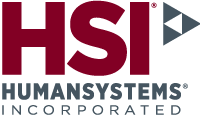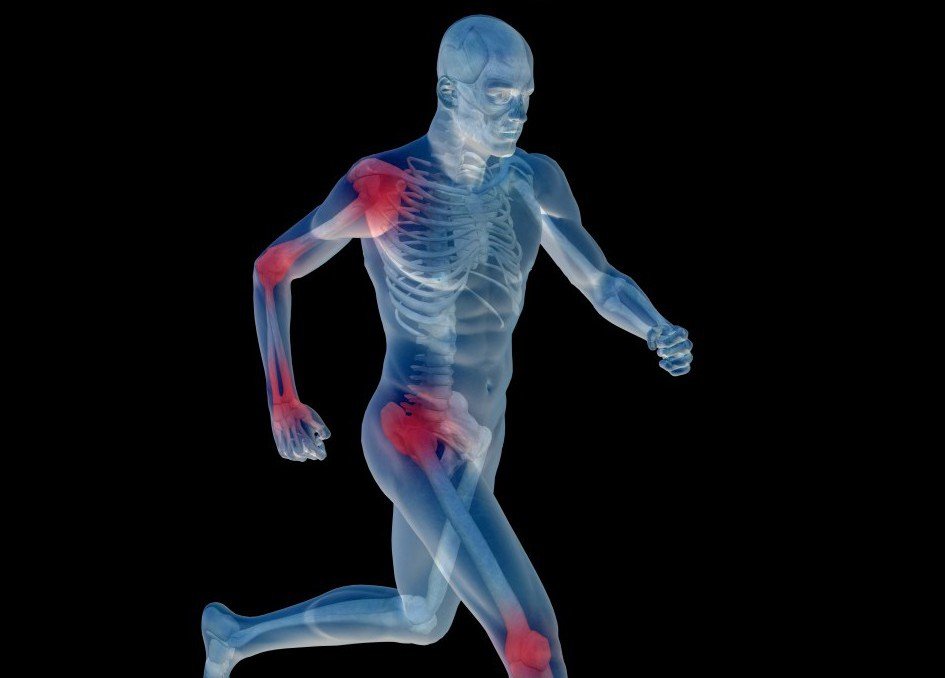When I set out on the path of biomechanics research as a career, my driving thought was, “I want to use all of this applied science, to which I’ve devoted the last three years of my life, to actually make a difference in people’s lives.” For the first three years of my Engineering undergraduate program, it was easy to see how Mechanical Engineering had a huge impact on society and was relevant in many different working industries. But I was searching for something more, something personal. So the next logical step was to understand how Mechanical Engineering relates to us as humans, and more specifically, how the human body can be thought of as the most complex and efficient machine out there. To satisfy my new thirst for a different kind of Mechanical Engineering application, I enrolled in as many Biomechanics courses that could fit into my academic schedule. My experience during that fourth year of undergrad only heightened my passion for using my education to make a difference.
So the next step: make a career out of it. I quickly discovered that a Master’s degree was almost a prerequisite for a career in biomechanics research and had to be my first step along the way. Easier said than done. The next two years were my first real taste for APPLYING what I had learned in school to something that I was personally passionate about. Imagine that. I had found a university professor conducting water-skiing research and immediately sent him an e-mail, selling how I would be the perfect candidate for his research because I had spent most of my adulthood coaching water-skiing and wakeboarding. The rest was a blur of challenges and rewards, resulting in a thesis and a Master’s degree.
So then what? Find a job. Again, easier said than done. Luckily I met Edward Nakaza, my current team leader, at a job fair and somehow managed to leave a good impression. I landed my first biomechanics research job. . Three years later, I find myself surrounded by smart, motivated professionals, in a work environment that strives to be the best at what we do. And, most importantly, we have a common passion for using science and education to help people.
Jordan Bray-Miners





